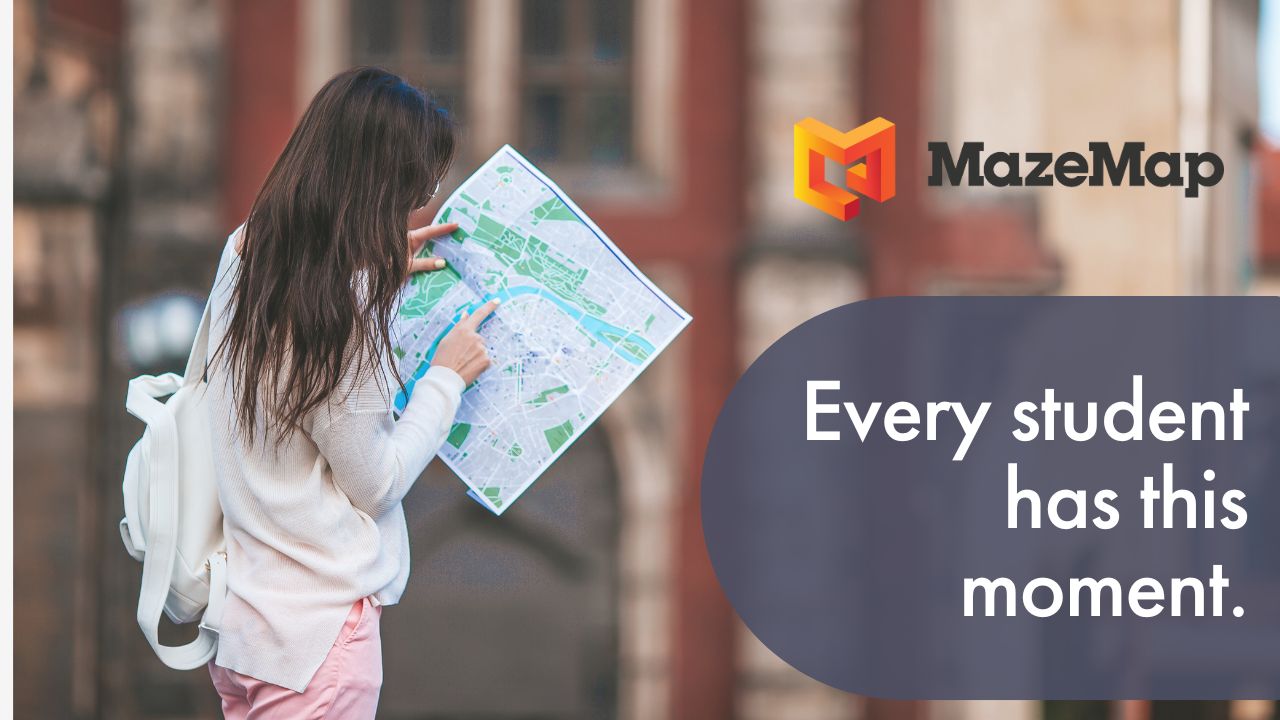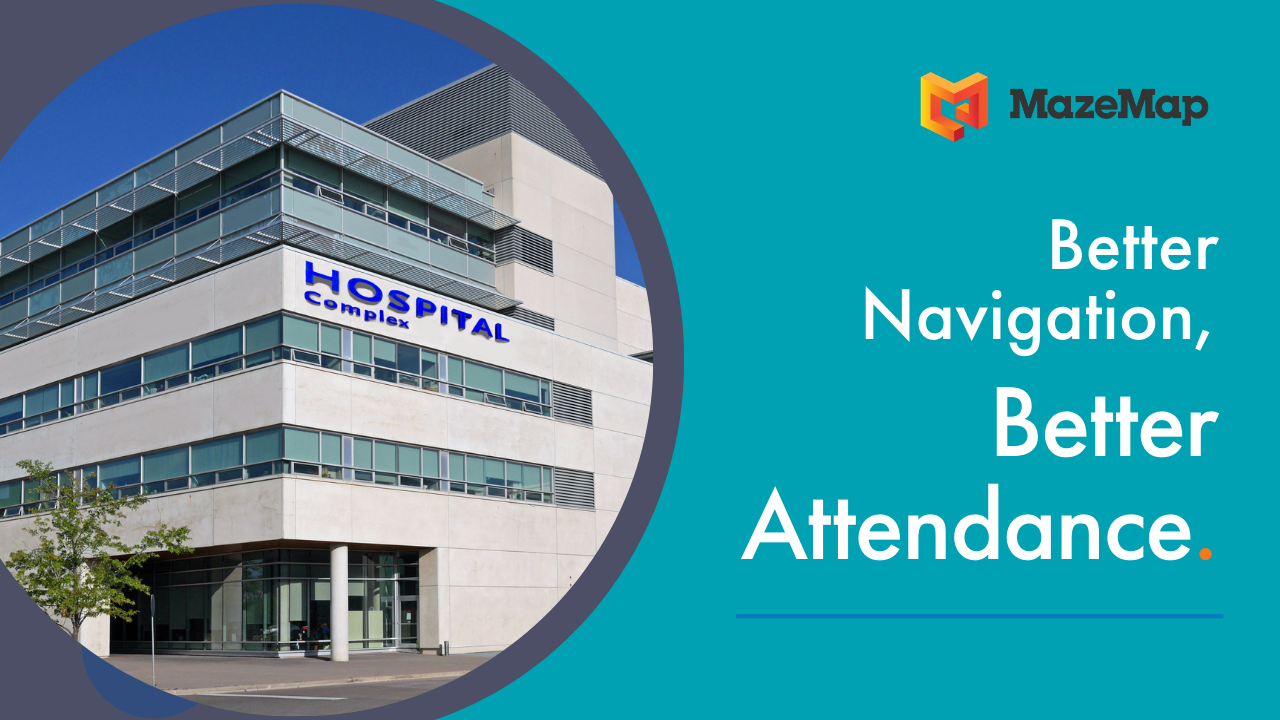BY STEINAR MORLAND
UPDATED BY LAURA HODGE
Students are increasingly looking at the overall student experience when choosing a university. This means that universities need to continue to adapt and evolve to enhance the student experience. Recent trends show that mobile usage is a key factor for universities to consider when marketing themselves to students.
“This new data regarding the growth of mobile usage shows an urgent need for higher education marketing departments to adapt their platforms to provide a smooth, high-quality user experience across all devices.” - Laura T, Google Search Trends: Lessons for Higher Education Marketing
One big step towards gaining a competitive advantage in offering a great student experience is to focus on generating fantastic mobile platforms to make the student life easier and more enjoyable. Through several blog posts, we will give our two cents on how universities should think in order to meet students where they are, namely on mobile devices. The first post in this series will focus on how to create great mobile content.

UCLA's Mobile portal with their services and apps, all collected at one place and usable through the mobile browser.
(Background image attribution and license.)
What sort of content is important?
We’ve browsed dozens of university apps, and found the following content to be the most useful. Our suggestions are also supported by students at NTNU, who rated the best applications for students (in Norwegian).
- Campus maps/indoor maps to help users find their way around on campus
- Timetables/calendars
- Staff directory with contact info and office location
- Room, desk & PC booking systems
- Information on food offerings
- General information on assignments, etc.

Ultimately, it’s important for these features to present basic information that the students will make use of every day. It’s not about whether these services exist, it’s about presenting them on an appealing and easy platform.
Designing a mobile platform
It should be easy for students to find all the content listed above in one, easy to reach mobile portal. However, the problem is that most of the above-mentioned features represent different systems. Hence, the question of integrating the services and orchestrating a streamlined experience becomes important.

An example of Lancaster University’s student app which integrates a number of different services, including indoor and outdoor maps from MazeMap, information about available washing machines and dryers around campus, and local public transport times.
You should select services that work well with each other and creates synergies. For instance, adding a visual map component to your time tabling system, showing students exactly where their next class is located on campus. Or, integrating indoor maps in the staff directory, giving students an overview of where they can find their professor and what times they are available for a chat.
At MazeMap, we believe a great mobile student experience is ultimately characterized by streamlined, fully integrated systems.
Click here to read part 2 on our series on crafting a great student experience.











